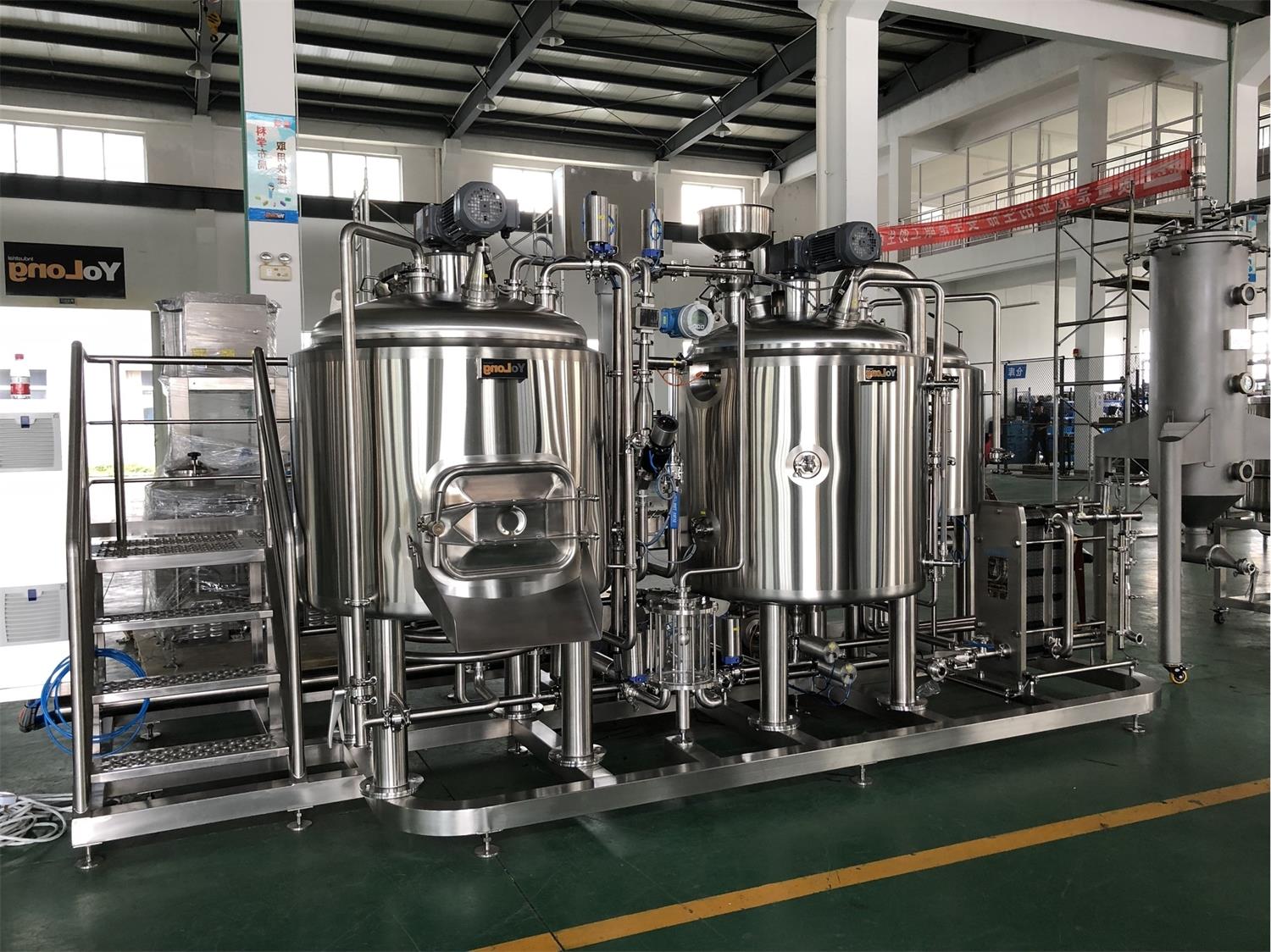How to Select the Best Fermenter Tank
What is a Fermenter Tank?
At its core, a fermenter tank is a vessel designed to facilitate the fermentation process. This is where microorganisms like yeast or bacteria break down sugars into alcohol, gases, or acids, depending on what’s being produced. Think of it as the birthplace of your favorite beer, wine, or even yogurt. These tanks come in various shapes and sizes, tailored to different fermentation needs, and are crafted from materials that ensure hygiene and durability, such as stainless steel.
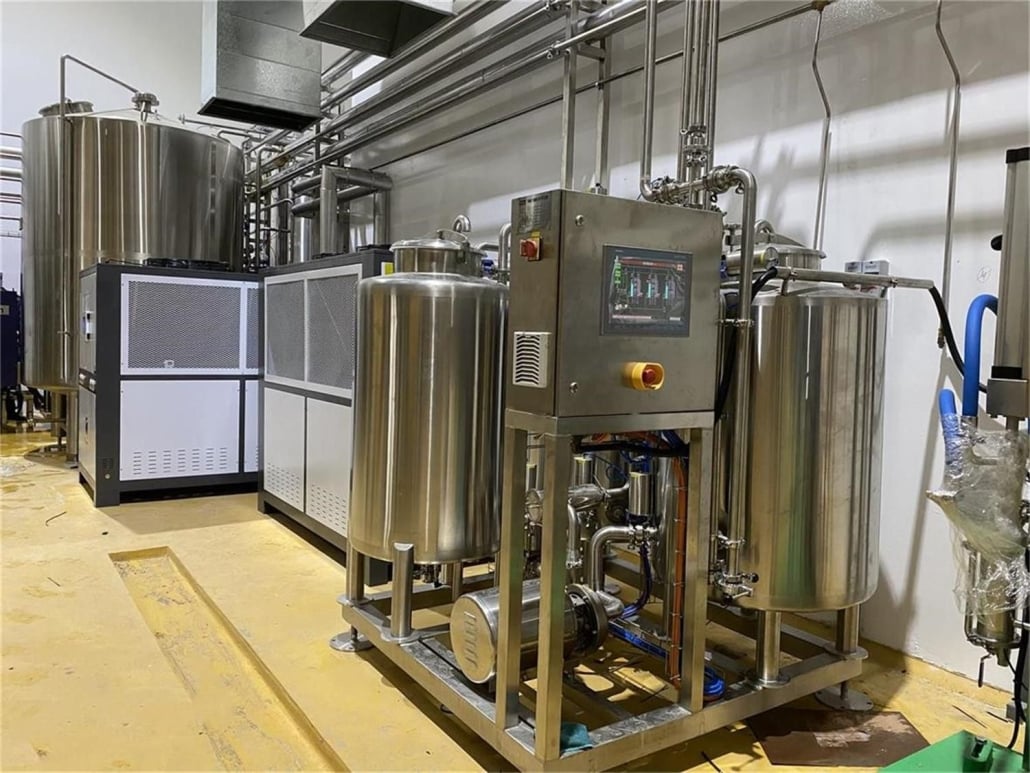
Types of Fermenter Tanks
The world of fermenter tanks is diverse, each type catering to specific fermentation processes and products. Let’s explore some of the most common types:
- Open Fermenters: These are the most basic type of fermentation tanks, allowing for greater air exposure during the fermentation process. They’re often used in traditional brewing methods, particularly for certain ales. However, due to increased exposure, they require stringent controls to prevent contamination. citeturn0search5
- Closed Fermenters: As the name suggests, these tanks are completely sealed, minimizing the risk of contamination. They’re suitable for both commercial and home brewing, promoting an anaerobic fermentation environment essential for many beverages like lagers. citeturn0search5
- Conical Fermenters: Featuring a cone-shaped bottom, these fermenters allow yeast and other sediments to settle at the bottom, facilitating easy removal without disturbing the fermenting liquid. They’re ideal for producing clear beverages such as beer and wine. citeturn0search5
- Unitanks: These multipurpose fermenters are designed to fully ferment and carbonate beverages within the same vessel, eliminating the need to transfer the liquid into other tanks. This efficiency makes them popular in mass beer production, as they reduce labor and minimize contamination risks. citeturn0search5
How to Choose the Right Fermenter Tank
Selecting the perfect fermenter tank can feel like navigating a maze, but focusing on key factors can simplify the decision-making process:
- Intended Use: Determine what you’re fermenting—beer, wine, cider, kombucha, etc. Different products have unique fermentation requirements.
- Scale of Operation: Are you a homebrewer crafting small batches or a commercial producer handling large volumes? Your production scale will significantly influence your choice.
- Material: Stainless steel is renowned for its durability and ease of cleaning, making it a favorite in commercial settings. Homebrewers might also consider plastic or glass, depending on their needs and budget.
- Temperature Control: Some fermentations demand precise temperature regulation. Features like cooling jackets or external glycol systems can be crucial for maintaining optimal conditions.
- Budget: Fermenter tanks come in a wide price range. It’s essential to balance cost with the features you need, ensuring you get value without compromising on quality.


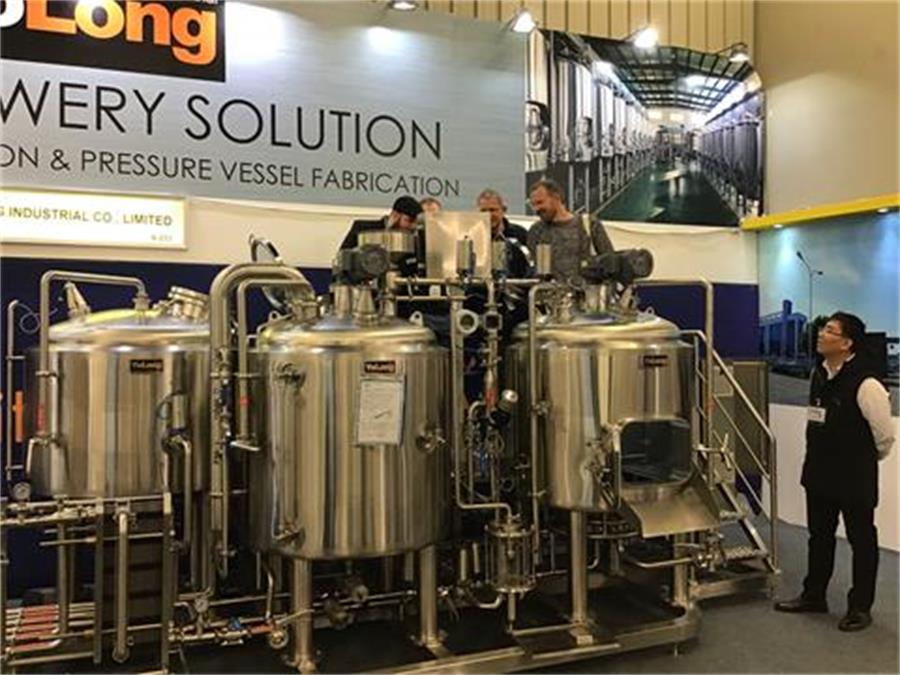
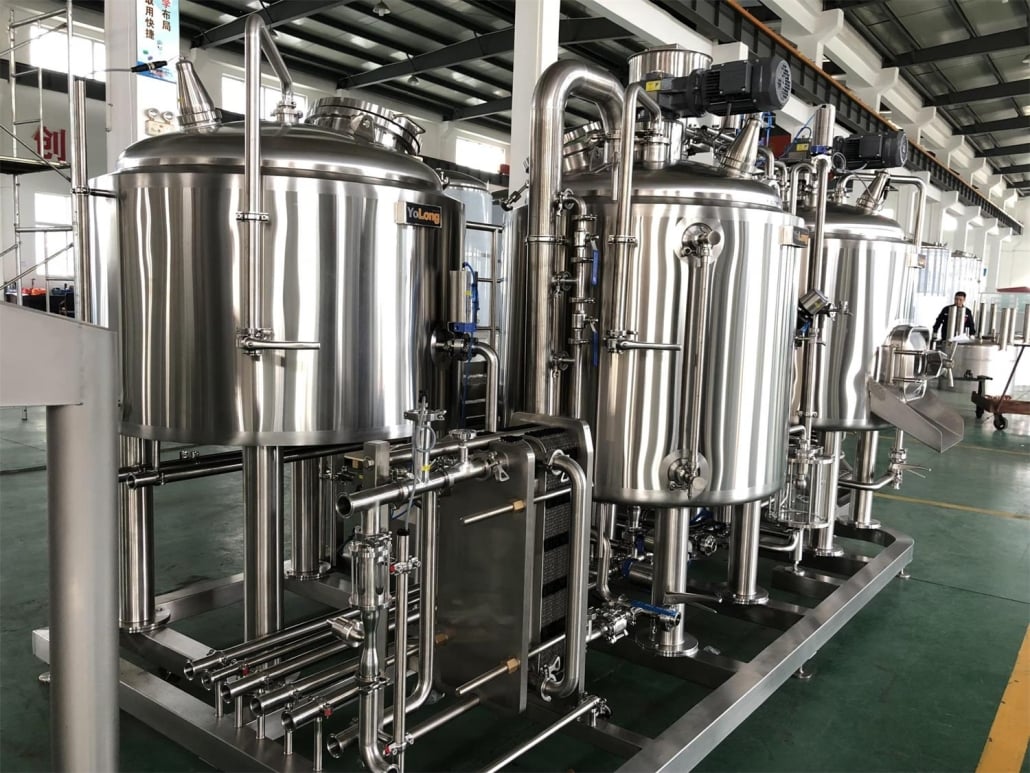
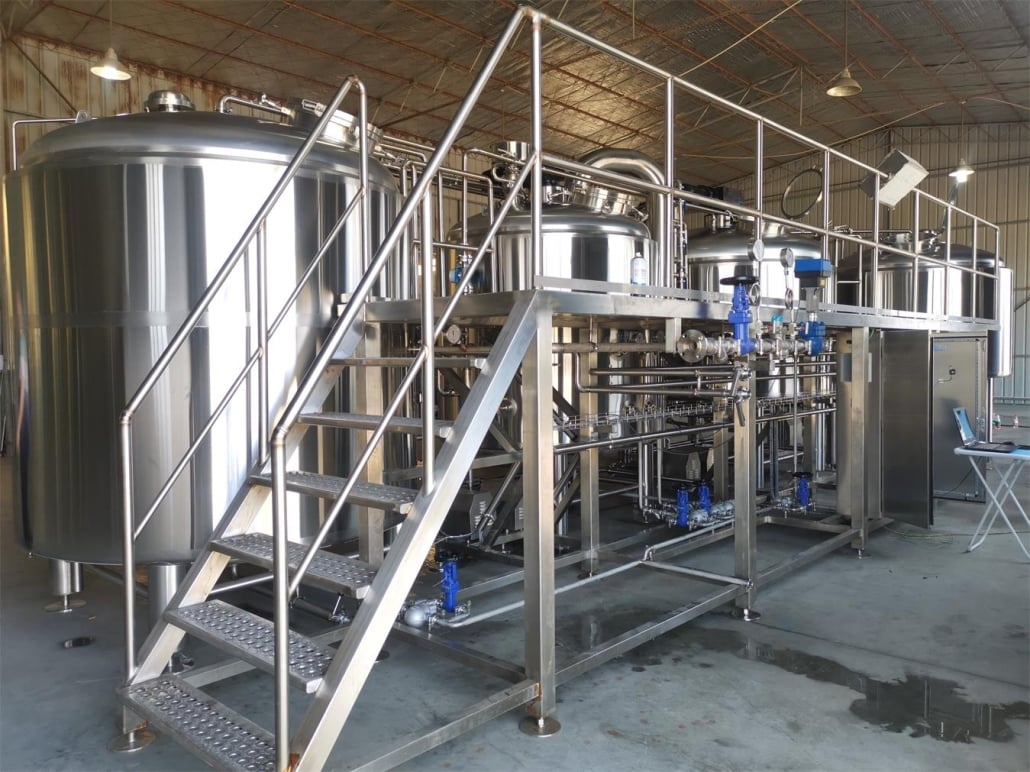
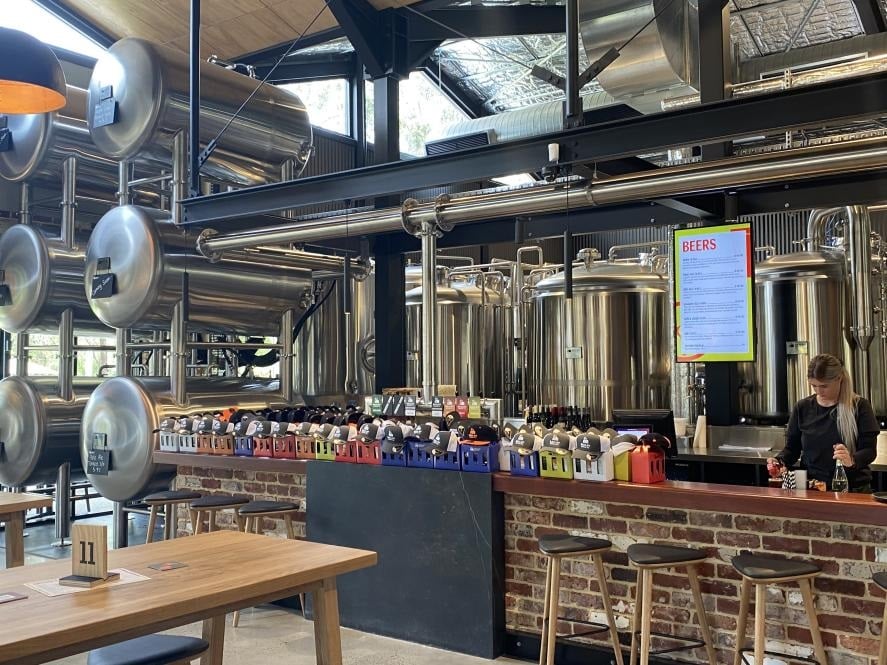
Maintenance and Cleaning of Fermenter Tanks
Proper maintenance and cleaning are vital to ensure the longevity of your fermenter tank and the quality of your product. Here’s a structured approach to keep your tank in top shape:
| Maintenance Task | Description |
|---|---|
| Regular Cleaning | After each fermentation cycle, thoroughly clean the tank to remove any residues. Use appropriate cleaning agents recommended for your tank’s material to prevent contamination in future batches. |
| Sanitization | Before introducing a new batch, sanitize the tank to eliminate any lingering microorganisms. This step is crucial to maintain the purity of your fermentation process. |
| Inspection | Regularly inspect seals, valves, and fittings for wear and tear. Address any signs of damage promptly to prevent leaks or contamination. |
| Temperature Calibration | Ensure that any built-in temperature control systems are calibrated correctly. Regular checks can prevent fermentation issues related to temperature fluctuations. |
| Record Keeping | Maintain a log of cleaning and maintenance activities. This practice helps in tracking the tank’s condition over time and scheduling preventive maintenance. |
Price and Best Brands for Fermenter Tanks
Investing in a fermenter tank is a significant decision, and understanding the market can help you make an informed choice. Here’s a breakdown of price ranges and some reputable brands:
| Capacity | Approximate Price Range | Notable Brands |
|---|---|---|
| Small Scale (5-15 gallons / 19-57L) | $1,000 – $3,000 | Ss Brewtech, Blichmann Engineering |
| Medium Scale (30-50 gallons / 114-190L) | $3,000 – $8,000 | Speidel, Stout Tanks and Kettles |
| Large Scale (100 gallons / 380L and above) | $10,000 – $25,000 | JV Northwest, Premier Stainless Systems |
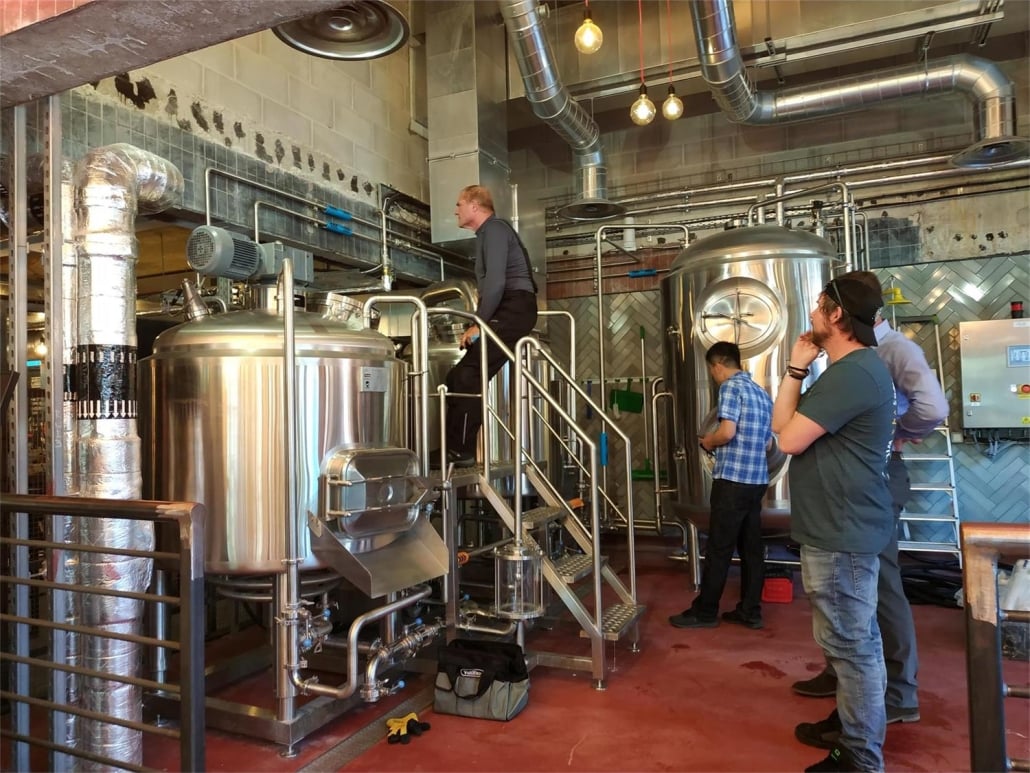
FAQ
| Question | Answer |
|---|---|
| What size fermenter tank do I need? | The ideal size depends on your production volume. Homebrewers might opt for smaller tanks (5-15 gallons), while commercial operations require larger capacities to meet demand. |
| Why is stainless steel preferred for fermenter tanks? | Stainless steel is durable, easy to clean, and resistant to corrosion, making it ideal for maintaining hygiene and ensuring the longevity of the tank. |
| Can I ferment different beverages in the same tank? | Yes, but thorough cleaning and sanitization between batches are essential to prevent cross-contamination and flavor carryover. |
| How important is temperature control in fermentation? | Temperature control is crucial as it affects yeast activity and the overall quality of the final product. Many fermenter tanks come with built-in temperature regulation features to maintain optimal conditions. |
| Are there any budget-friendly options for beginners? | For those starting out, plastic or glass fermenters can be more affordable alternatives. However, they may lack the durability and advanced features of stainless steel tanks. |
Share this entry
Interested in learning more about Brewing Systems including additional details and pricing information? Please use the form below to contact us!
YOLONG BREWERY EQUIPMENT FAQS
- Commercial Brewery / Craft Brewery / Microbrewery / Nanobrewery
- What is The Difference Between Craft Beer and Industrial Beer?
- The Bespoke Differences In Custom Brewing Systems
- Everything You Need to Know About Kettle Souring
- How to Choose Brewing Equipment for Your business?
- How To Choose The-Best Partner To Build Your Commercial Microbrewing System?
- Two Detection Sensors That You Need To Use In Your Brewhouse System
- Remote Control Applications in Brewing Equipment/How does it work?
- How To Clean Your Brand New Brewery Tanks?

